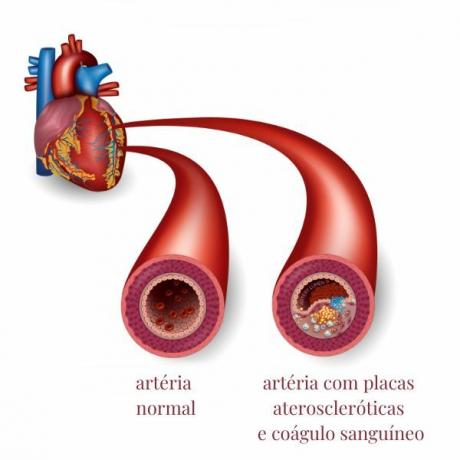O Judaism it is divided mainly into three great currents, linked to the interpretations of books and rituals considered sacred. Are they: the orthodox, the reformist and the conservative. The first two, orthodox and reformist, are the most opposed to each other, the third being conservative, the attempt to find a middle ground between the other two. The main difference between the currents is in the adaptation or not of the Jewish ritualistic and theological tradition to the changes of the modern world.
You orthodox they are those who strictly comply with the 613 precepts stipulated by Jewish Law, known as Halacha. The precepts are linked to some habits to be adopted: the diet, kosher, which stipulates which foods should be consumed; the rest on Saturdays and the laws of family purity.
The Orthodox also give privilege to the ritual dimension: with the adoption of simple clothes; separation of functions between men and women, and women have some prohibitions, especially in participation in public religiosity, such as conducting prayers, studying the Talmud, and being ordained a rabbi.
The Torah, being a book revealed by God, should not be altered in any way, maintaining its completeness, resulting in the strict maintenance of traditions. Furthermore, the Orthodox isolate themselves in specific places, species of ghettos, where contact with the rest of the non-Orthodox world is reduced. Children have an education distinct from secular education, with the aim of forming them strictly in religious orthodoxy. Nor do they accept the revision of traditional Jewish values in the face of changes in the modern world.
It is precisely the adaptation to the modern world that brought about the reformist break with the Orthodox.
Initially appearing in Germany, in the 19th century, the reformers they directly criticized the Torah, as liable to be altered according to the transformations of the world, thus adapting it to new realities. Thus, the covenant of God with Moses, which would be materialized in the Torah, was questioned. They respect some commandments, but they do not strictly follow the diet, Sabbath rest and some procedures of religious rituals.
The biggest changes in rituals can be found in the adoption of languages from the countries where the Jews are and in the equalization of status between male and female. In theology, they left out the need to return to the Holy Land and the creation of a Jewish state.
This point is of fundamental importance to understand the difference between the two currents. Since its beginning, the Judaism it is a national religion, of a people, linking religion to history. The maintenance of the Holy Land under the control of the Jews would be for the Orthodox the fulfillment of a divine order, linking people and religion to a territory. It is from this conception that Zionism and the efforts for the constitution of the State of Israel arise. Reformists believe that there should be no such connection, with Judaism being restricted to religious aspects.
There is still the conservative Judaism, situated between the two other streams. The emergence of the conservative strand came when a group of newly ordained rabbis in the US did not agree with the reach of reformist measures, especially when food not referred to by the diet. From there, they created the Jewish Theological Seminary in New York, an institution designed to train conservative rabbis.
They uphold what they consider to be the three pillars of religion: Jewish law, the hope of national liberation, and the use of Hebrew as the people's language. The difference with the orthodox current is the acceptance of some changes in rabbinical Judaism and the departure from the ghettos to coexist with other social groups. Women were also equated with men in the conservative current. But they do not agree with the reformists in the scope of their proposals, especially in abandoning the return to the Holy Land, which conservatives consider a divine precept.
By Tales Pinto
Graduated in History
Source: Brazil School - https://brasilescola.uol.com.br/religiao/correntes-judaismo-moderno.htm

